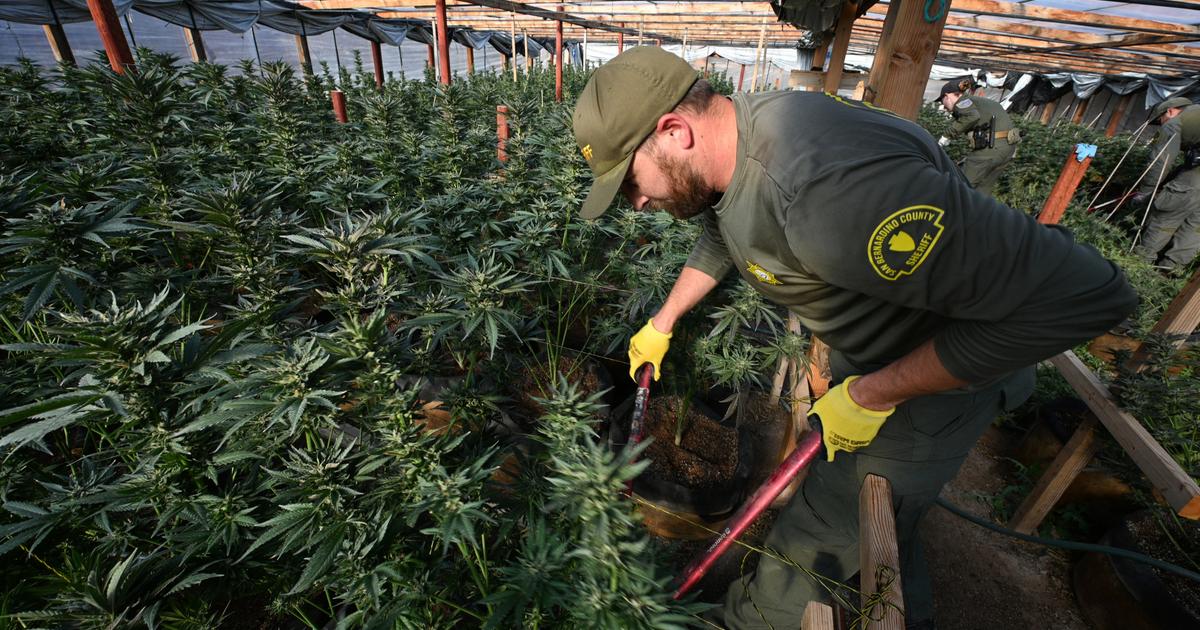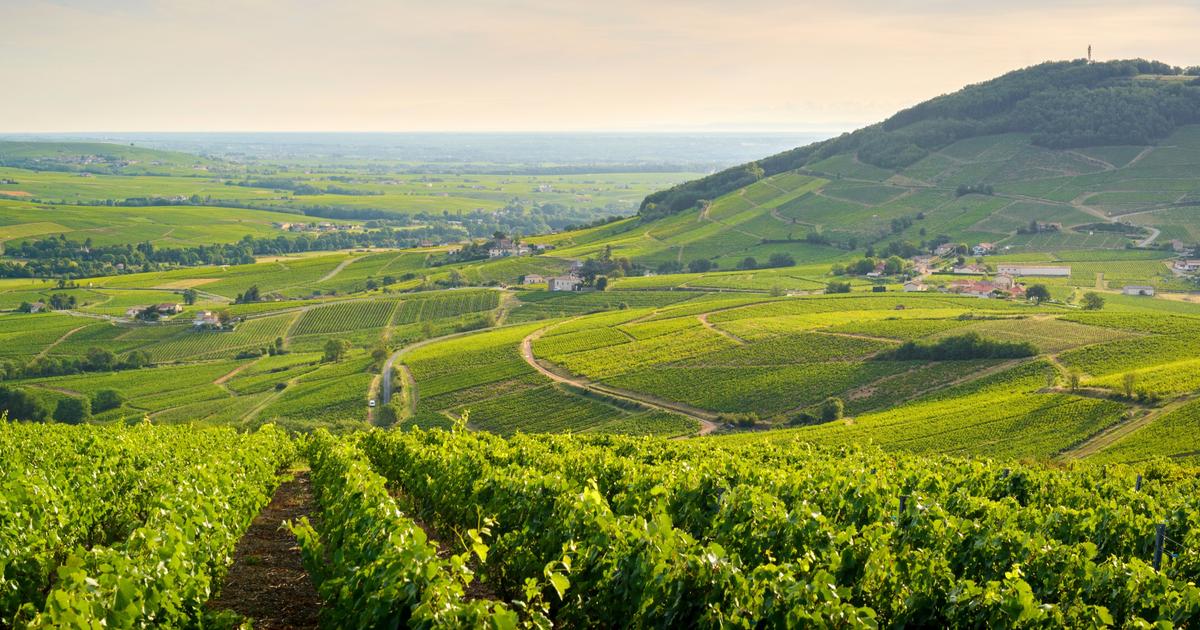To qualify lindane, a pesticide used for more than fifty years in agriculture, Pierre Dupeyrat draws out a martial metaphor: “It was a weapon of mass destruction. This Perigord peasant, now converted to organic farming, once applied lindane to fields of wheat and corn. He insists on the versatility and effectiveness of this product: “You put half a teaspoon on a wasp nest, the next day, they were all dead. Even the firefighters used it. Very strong, lindane. Too much ?
On July 1, 1998, faced with the concern caused by the persistent presence of the insecticide in drinking water, Louis Le Pensec, then Minister of Agriculture, prohibited its use on farms. However, the substance, prohibited for an alleged risk of serious effects on the organs in the event of prolonged exposure, has not disappeared from the water tables and continues to be identified since in the soil, in the hair, the layers for babies, tampons ... Or, as figures from Atmo France show today, in the air we breathe.
Last month, this federation of air quality monitoring associations (AASQA) published the PhytAtmo database, compiling fifteen years of pesticide measurements throughout the territory (2002-2017). Among the prohibited substances that are still detectable, lindane detonates with its ubiquity. No metropolitan region is spared. In recent years again, the pollutant has shown resistance: from 2013 to 2017, it was detected with certainty, according to our calculations, in more than a third (35%) of the samples.
"The specificity of this substance is its recurrent presence at the temporal and spatial levels", confirms Emmanuelle Drab-Sommesous, pesticide representative for Atmo France, while observing that lindane is measured "at low levels". But according to toxicologist André Cicolella, low concentrations do not mean absence of danger. He warns of the combined effect that lindane, classified as "carcinogenic to humans" in 2015 by the Circ (International Agency for Research on Cancer), could have with other toxic substances. This is the famous cocktail effect: “This raises the question of the action of lindane in the chemical soup in which we bathe and of the consequences which are the growth of chronic diseases, and in particular of cancers. "
Factory pollutes 40 years after it closed
How to explain such "background noise"? By the long life of the insecticide, at least forty years, and its strong presence in the soil. Regularly, "working the soil will reinject the particles into the air", continues Emmanuelle Drab-Sommesous.
Because lindane was not only diluted to be spread in the fields. Pure, it was applied as a pest control on livestock. Considered toxic to humans and animals, this pesticide from the organochlorine family nevertheless continued to be used after 1998, to treat frameworks and as anti-lice until 2008.
These domestic uses have certainly caused “low diffuse discharges throughout the territory”, as Ineris, the National Institute for the Industrial Environment and Risks wrote in 2007. But the AASQA stations in the rural areas are often placed near fields, in places where treatments took place, confirms Atmo France.
My Earth Newsletter
Each week, environmental news seen by Le ParisienI'm registering
Your email address is collected by Le Parisien to allow you to receive our news and commercial offers. Find out more
Sometimes you still have to look elsewhere for the causes of the lindane peaks. Recorded in Village-Neuf (Haut-Rhin) in June 2014, one of the highest concentrations listed in PhytAtmo for this pollutant leaves no doubt about the person responsible: a lindane production plant, which the neighboring municipality of Huningue housed until 1974, after which the waste was simply buried on site.
Forty years later, Atmo-Alsace (today Atmo Grand Est) still smelled insecticide in significant proportions (5.48 ng / m3) while rehabilitation works were finally undertaken, leading to releases into the 'ambiant air. Last month, the prefecture welcomed the “successful clean-up” of the site.
The scent of crime
What about these other products, also banned, that have been found very punctually and very locally in the air in recent years? Like dichlorvos, an extremely dangerous insecticide, banned in 2007 in the fields but captured seven years later in Roussillon, in the Vaucluse. Air Rhône-Alpes (now Atmo Auvergne-Rhône-Alpes) estimated that its presence could be linked to "the disinsection of storage premises".
What about carbaryl, detected in Reims and Lyon in 2013, ten years after being banned? At the time, the Rhône-Alpes surveillance association suggested fraudulent importation of the insecticide. But it is not always easy to get the numbers to speak. "When we don't find consistency in detection, we can't lean towards a hypothesis," explains Emmanuelle Drab-Sommesous.
Sometimes, too, the concentrations are too low to be significant. “Beyond one nanogram per m3, we consider that the values can be used for interpretation. Below, we will not always find an explanation, “said the spokeswoman for Atmo-France. Who recognizes that in the absence of a health threshold for exposure to pesticides in the air, the limit chosen is "very empirical".















